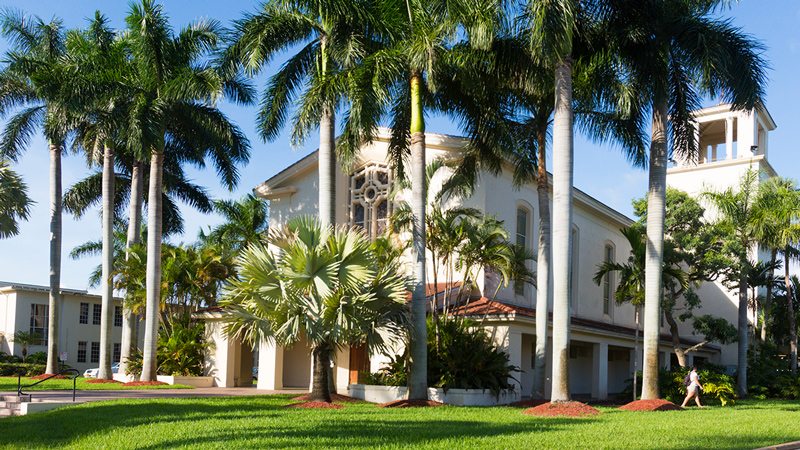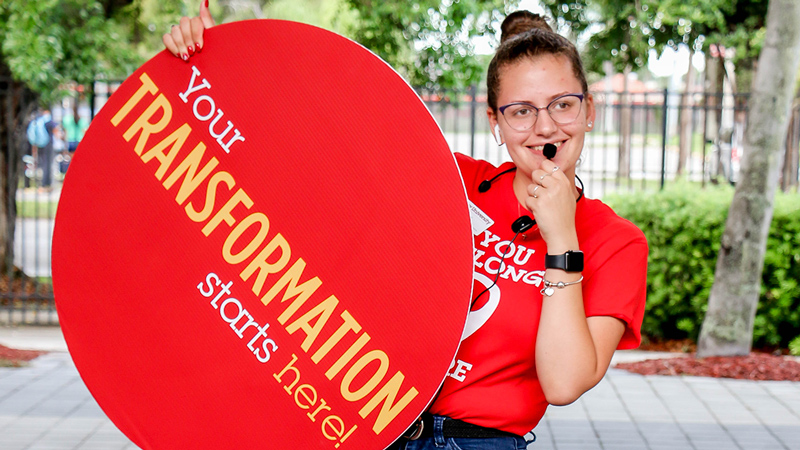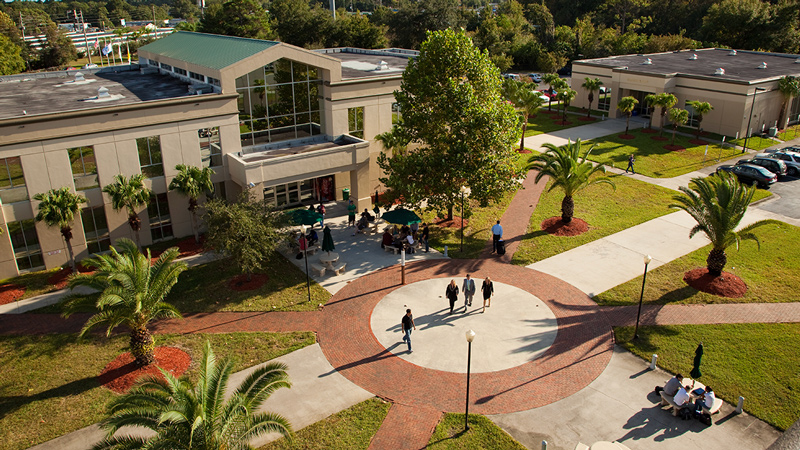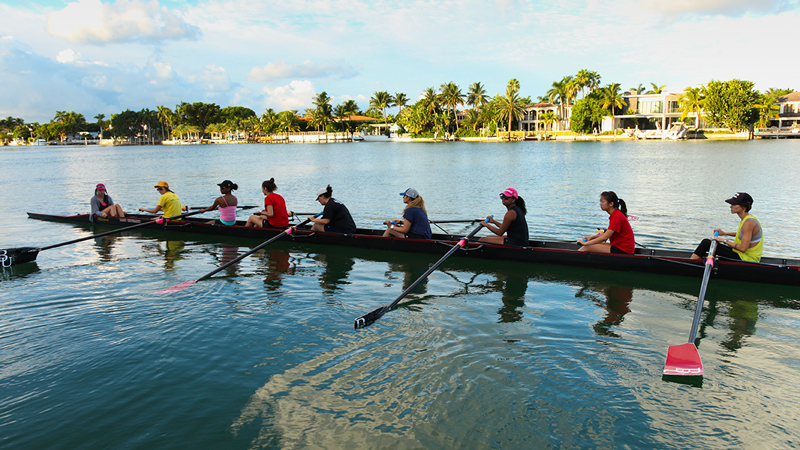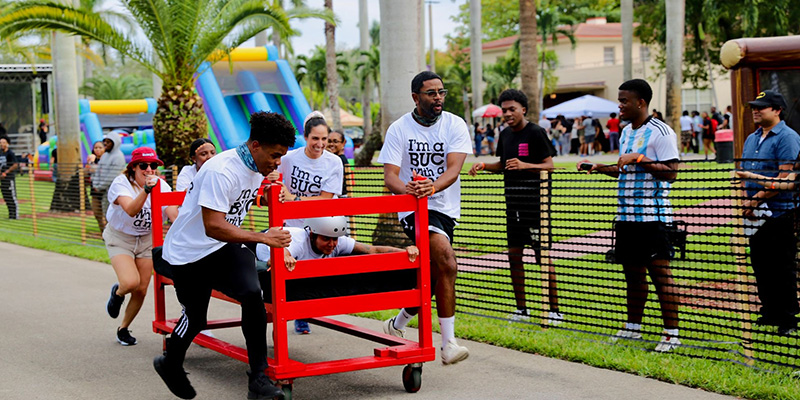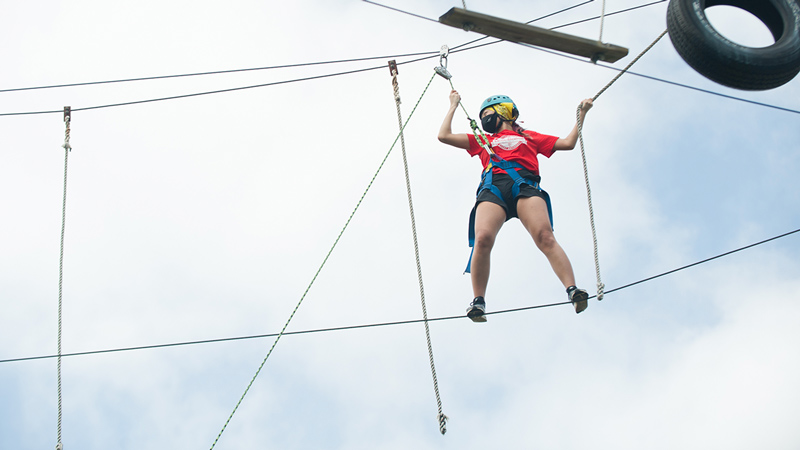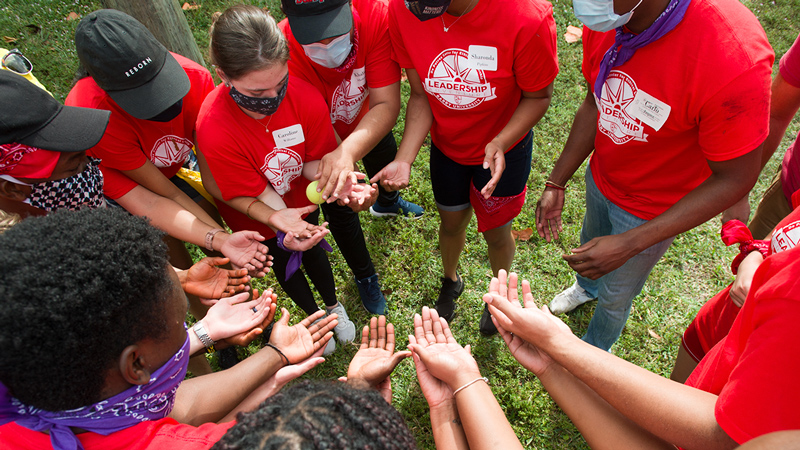Before the storm, the water level of a swimming pool may be lowered slightly, but no more than a foot or two. Otherwise the hydrostatic pressure will be too much for the pool and it will pop out of the ground. The water in the pool acts as a shield for the finish of the pool, protecting it from the damaging effects of sand and flying debris. Pool damage may add up to expensive repair bills after the storm if proper care is not taken.
The greatest storm damage is done to the pool pump and motor unless some simple precautions are taken. First, turn off the power to the pool equipment (pump, motor, lighting, chlorinators, etc.). Next, remove the motor and store it inside in a dry place to prevent it from becoming damaged due to flooding. The motor can also be carefully wrapped with plastic material (such as a garment bag) with tape or rope tied tightly around it. Extra chlorine should also be added to the pool to prevent contamination.
Remove all loose items from the pool area (patio furniture, pool cleaning equipment, filter house tops, deck lid of filter, etc.) to protect these items as well as screens and windows from damage.
After the storm , reinstall the motor or remove the wrapping and check for any flood damage. Lower the water level to normal for proper skimming action. Clean the pool thoroughly to prevent debris from staining the finish. Balance the pH of the water, superchlorinate, and run the filter until the water clears
Source: Broward County Emergency Management Division

